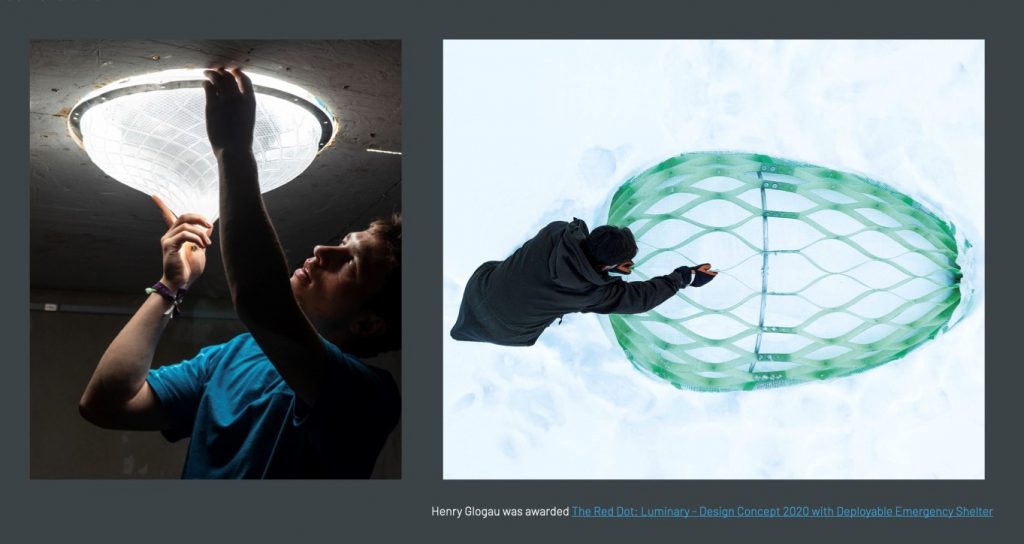Foreningen Maker is an organisation in Denmark that brings physical entrepreneurs together and creates a link between the maker movement and the professional business world in order to give life to new ideas and solutions. Malte Hertz Jansen, the managing director of Foreningen Maker met with ECHN and provided his insights on makers’ mobility.
Can you briefly describe your organization? Is your organisation addressed to makers, do you host makers activities?
Malte Hertz Jansen: We are an organisation supporting what we call physical entrepreneurs and makers. Sometimes they might be the same, and sometimes they’re not. We also run a place called Viaducten, which a professional makerspace, located in the centre of Copenhagen. In this makerspace, we host different kinds of makers and physical entrepreneurs, we organize events, various courses and other activities.
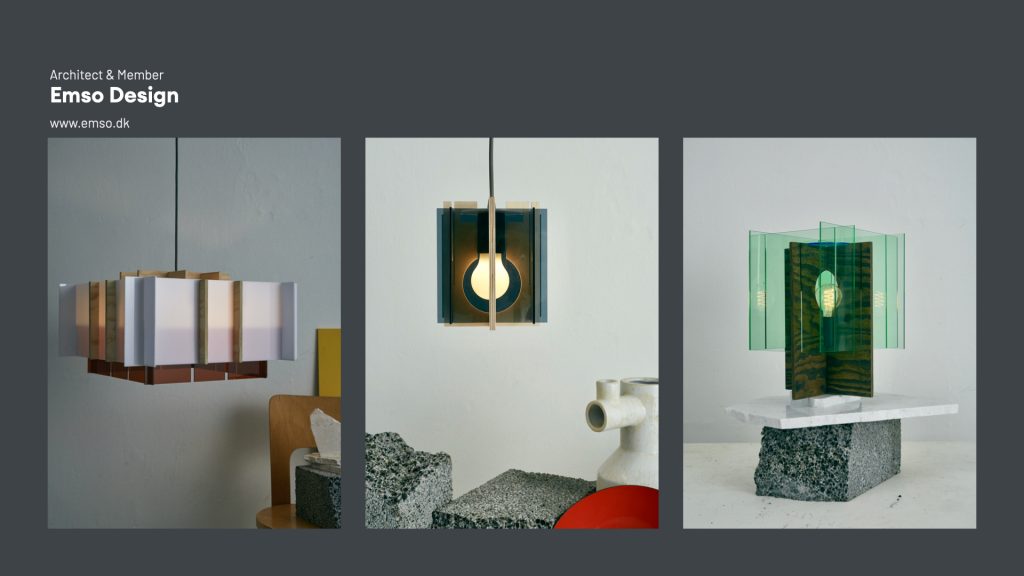
Have you participated in any mobility programs for makers in the past? Can you elaborate on your experience(s)?
Malte Hertz Jansen: We’ve had Viaducten for five years, and have been a part of a few mobility programs during these years. We are also part of the Distributed Design Market Platform, which is also in collaboration with FabLab Barcelona and IAAC. Through this platform, we’ve been offering residencies for makers both in Denmark and in different countries.
From your experience, what would be the challenges in mobility for makers?
Malte Hertz Jansen: First of all, I think that mobility is one of the key questions for the people working here and through these years we have identified these two issues. The first one comes down to finance for traveling around and the second one is finding the right partner with the right skills to pair with. For instance, we’ve hosted people with different kinds of profiles who also wanted to connect with other makers in other countries. Recently, one of our makers travelled to Portugal in order to collaborate with the maker community there.
Also, one of the things that we’ve been struggling with, is how do we define a maker? We’ve also tried to reframe it, because in the maker movement, there has been a lot of emphasis on ideas, creativity and curiosity but not as much on the business side of things. What we’ve been trying to do is to bridge the gap between the maker movement and the industry, because we can see that the maker movement has actually got a lot to offer in terms of sustainability, but also in terms of product development and production. These also act as a response to the pandemic where we weren’t able to move goods as easily. But how do you define a maker in this sense?
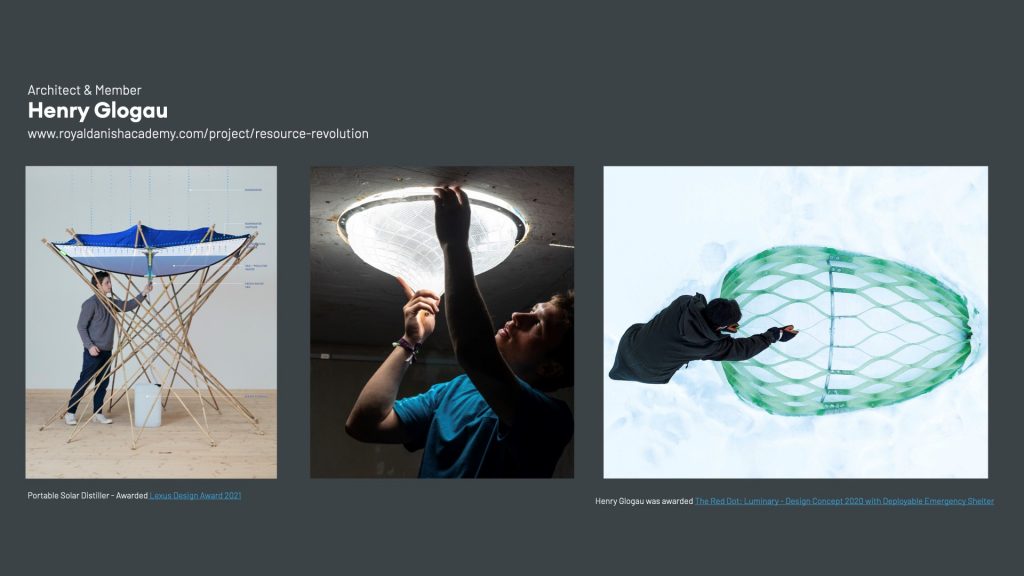
There are a lot of things that we need to learn in the maker movement and how are makers being defined. A lot of things happened in the last 10 years or so, in terms of who we define as a maker or what kind of technologies or machinery they are using. In any case, it’s always nice to see people are using the term maker in the broadest sense.
From your experience, would you like to add any good practices regarding mobility?
Malte Hertz Jansen: We are trying to encourage our members to think in terms of distributed design. Having this process in mind, it’s much easier to consider physical mobility instead of trying to move materials around. So that’s one of the first things that we try to teach our members here.
How do mobility experiences bring value to your organization and community?
Malte Hertz Jansen: Well, in a sense we’re at the same time a local, a national and a global organization. We are always trying to expand the network of partners that we work with. We are part of a few programs here in Denmark and various EU-funded programs.
“For us, mobility is a key topic because it is a way to gain and exchange knowledge with other professionals, but also to expand on some of the key themes around the maker movement, such as: local production, distributed design and recycling materials.”
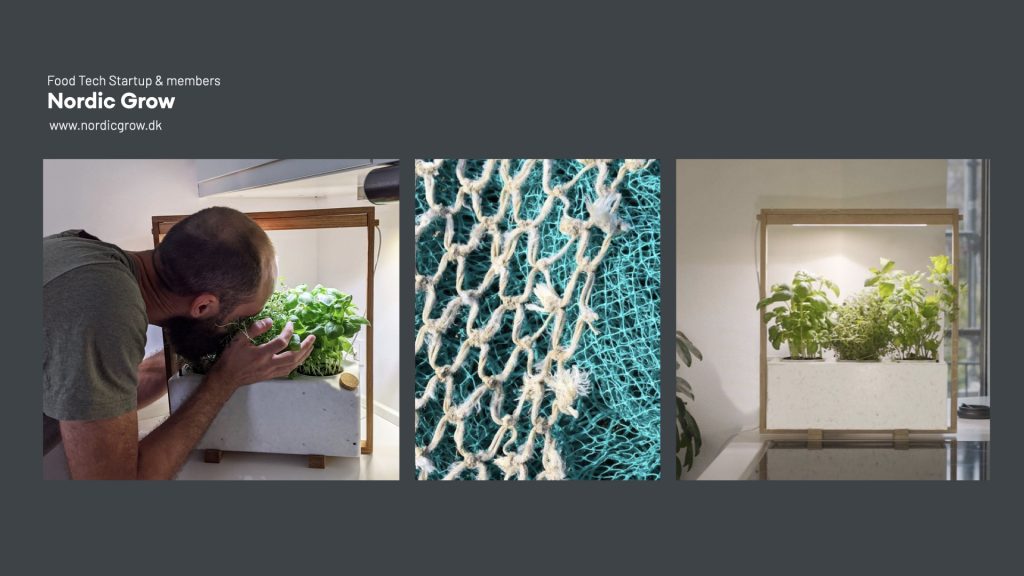
Is mobility a chance for better connecting with the local community?
Malte Hertz Jansen: Yeah, very much so. And some of our community members are oriented towards expanding their field of work internationally. Also, during our events and festivals we are trying to bring in perspectives from makers or researchers coming from the international community.
What would be a dream mobility scheme for makers? Would you give priority to travel support, social encounters, technical access or network building?
Malte Hertz Jansen: Our dream scenario is that we could actually support makers from abroad to come to Denmark and work for a short or a longer period of time. During August, we’re actually starting our summer school within the Distributed Design Market Platform and we have invited a few international makers to join us here in Copenhagen. Of course, we can offer residencies and material support. Travel support is not something that we have offered in the past but it is something that we would like do in the future.
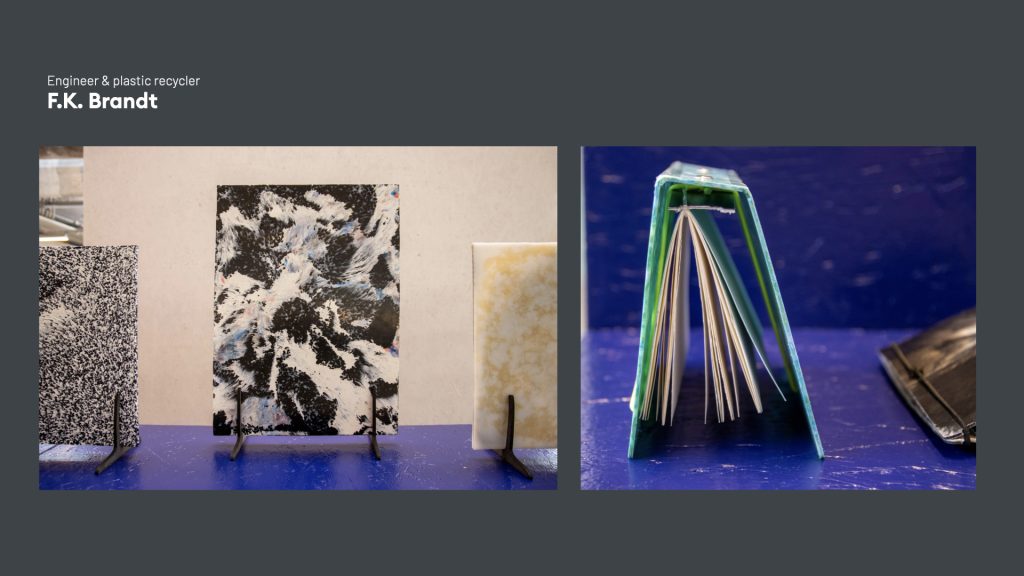
What is mobility in times of world pandemics? Should we still invest in that? And, considering our travel restrictions, how can we continue to grow and reinforce networks, if we cannot meet one another? And why is that important (or not)?
Malte Hertz Jansen: I think it’s extremely important to have a focus on mobility, even in these times. Of course, with the current restrictions, it’s much more difficult than it has been, but right now we are also trying to formulate different kinds of projects with partners from Europe and from abroad. Mobility can take place both physically and digitally and it’s possible to actually work on projects without ever meeting each other. The important thing to mention here is that there is infrastructure available in different countries in order to do that. One of the things we’ve been also working on with a few FabLabs and makerspaces around Europe, is to form a Makerspace Alliance so that we can actually offer the facilities for remote prototyping and product development, without including traveling.
Learn more about Foreningen Maker.

